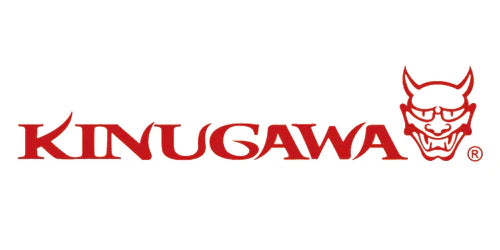Let's focus on the factors that influence spool time when selecting a turbocharger. I will compare the priorities of these 3 factors when considering spool response in turbocharger selection.:
- Priority: Highest
- Impact on Spool Time: The A/R ratio directly influences the exhaust gas velocity and energy reaching the turbine wheel. A smaller A/R ratio generally leads to faster spool-up due to increased exhaust gas velocity, but it can also limit top-end power. A larger A/R ratio results in slower spool-up but can support higher power levels at higher RPMs.
- Priority: High
- Impact on Spool Time: The size and design of the turbine wheel affect its inertia and how efficiently it extracts energy from the exhaust gases. A smaller and lighter turbine wheel will typically spool up faster, but it might have lower peak power potential. The blade design also plays a role, with some designs optimized for faster spool-up.
- Priority: Moderate
- Impact on Spool Time: While the compressor wheel itself doesn't directly impact spool time, its design and size influence the overall balance and efficiency of the turbocharger. A larger compressor wheel requires more energy to spin, which can slightly increase spool time. However, a well-matched compressor wheel can improve overall efficiency and reduce backpressure, indirectly aiding spool-up.
Summary Table
| Factor | Priority | Impact on Spool Time |
|---|---|---|
| Turbine Housing A/R Ratio | Highest | Directly influences exhaust gas velocity and energy, significantly affecting spool time. |
| Turbine Wheel Design | High | Size, weight, and blade design impact inertia and energy extraction, affecting spool time. |
| Compressor Wheel Design | Moderate | Indirectly influences spool time through its effect on overall turbocharger efficiency and backpressure. |

